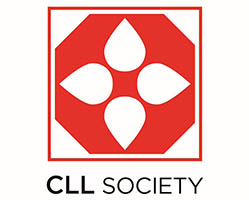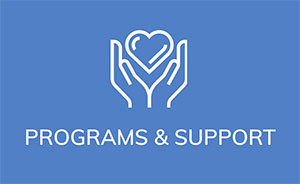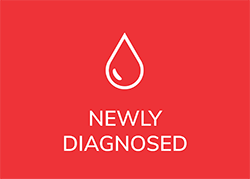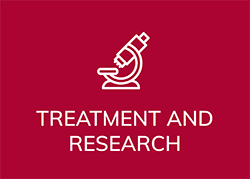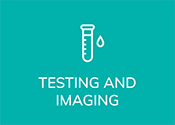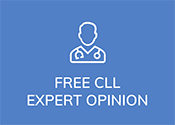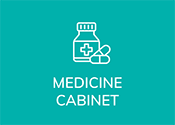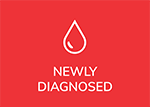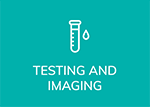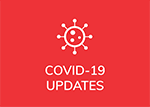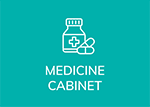Over the course of a year of monthly meetings, The CLL Bloodline will teach the BASICS needed to understand CLL, bring news, help with acronyms and new vocabulary, and offer simple fun quizzes.
MONTHLY QUIZ: CLL (chronic lymphocytic leukemia) and SLL (small lymphocytic lymphoma)
- Are entirely different unrelated cancers.
- Are related but different cancers.
- Are the identical cancers in different parts of the body; SLL mainly in the nodes only, CLL in the blood and in the lymph nodes even if they are not enlarged.
- SLL may become CLL.
- 3 and 4 are correct.
ANSWER: The correct answer is #5. To diagnose CLL there must be > 5000 identical or clonal cells per microliter (μl) of blood. In SLL, clonal cells with the same immunophenotyping (genetic fingerprinting), as in CLL are found in at least one lymph node, but there are < 5000 of these cells per μl of blood. SLL becomes CLL if the count exceeds 5000. In CLL, CLL cells can be found even in normal size lymph nodes though there would rarely be a reason to biopsy a “normal” lymph node to check.
NEWS:
November is National Family Caregivers Month! It’s the perfect time to honor the people in your life – a doctor, nurse, clergy, family member, or friend who has made a contribution to your physical or mental health on your journey with CLL by making a tribute gift to CLL Society in their name in November.
- CDC is recommending a 2nd COVID-19 vaccine 6 months after the first for CLL / SLL patients.
- Join us on November 15th for the virtual event, Ask Me Anything – Featuring Dr. Alan Skarbnik and Michele Nadeem-Baker.
- Join us on December 13th for the webinar, Common Infections with CLL: Prevention and Treatment with infectious disease specialist Dr. William Werbel.
- The second episode of CLL Society’s CareCast podcast is out now – Coping with Watch and Wait and the Delay in Starting Treatment for CLL with patient advocate Rick Conner.
- Test your knowledge about BTKi resistance mutations and watch the interview with Drs. Jennifer Woyach and Brian Koffman on this topic.
THE BASICS: Types of Treatment
Cellular therapies are treatments that use cells rather than drugs to treat CLL. The first cellular therapy was a hematopoietic stem cell transplant (HSCT), or a bone marrow transplant. In CLL, this is usually done using a matched donor’s stem cells. It may be curative, but it is high risk due to infections and graft versus host disease (GVHD), where the new immune system attacks not just the cancer but can also attack the patient’s skin, eyes, and gut.
One CAR-T (chimeric antigen receptor – T cells) is now approved in CLL (liso-cel) where our own T-lymphocytes are removed, genetically reengineered to attack our CLL and grown outside the body, and then re-infused. There is no GVHD as it’s the patients’ own cells. Response rates are good for this “living drug” in patient who may have few remaining options, but they are only durable in the 20% who have a complete remission. Side effects are common, but they can almost always be short term and be successfully managed. Neurotoxicity and cytokine release syndrome (CRS) is when inflammatory molecules (cytokines) are released causing flu-like symptoms or worse and can rarely be fatal. Other cellular therapies include CAR-NK (natural killer) cells and TILs (tumor infiltrating lymphocytes) but they are even less mature in CLL.
WORD/ACRONYM OF THE MONTH: Allogeneic Hematopoietic Stem Cell Transplant (HSCT)
Allogeneic stem cell transplant is a procedure in which hematopoietic (blood forming) stem cells are taken from a genetically matched donor, often a sibling or unrelated matched donor and given to the patient through an IV. The cells migrate to and hopefully engrafts in the patient’s marrow, providing new blood stem cells to build all the blood components, and with it, a new immune system that recognizes and attacks the cancer as an invader. This is the desired outcome, called “Graft versus Leukemia (GVL).” It is still used in CLL, but much less often now due to new therapies including CAR-T that are usually tried first.
The CLL Society is invested in your long life. Please invest in the long life of the CLL Society.
